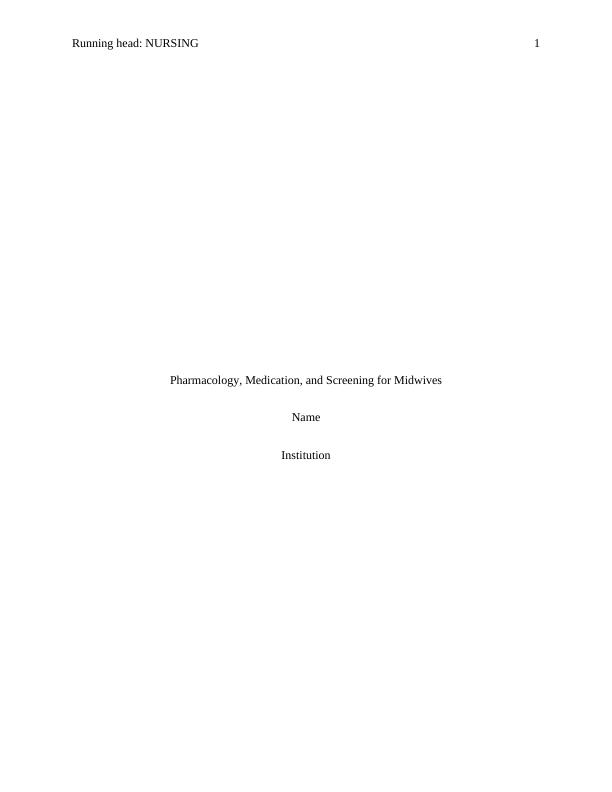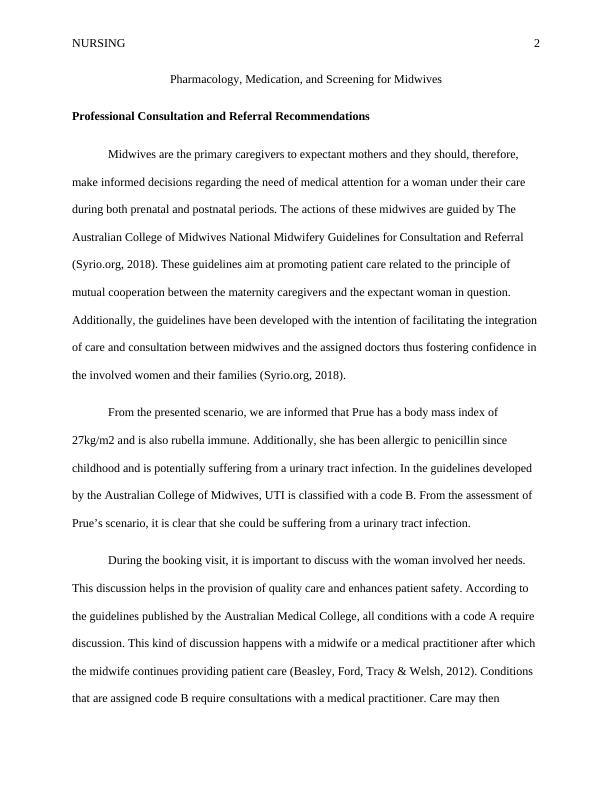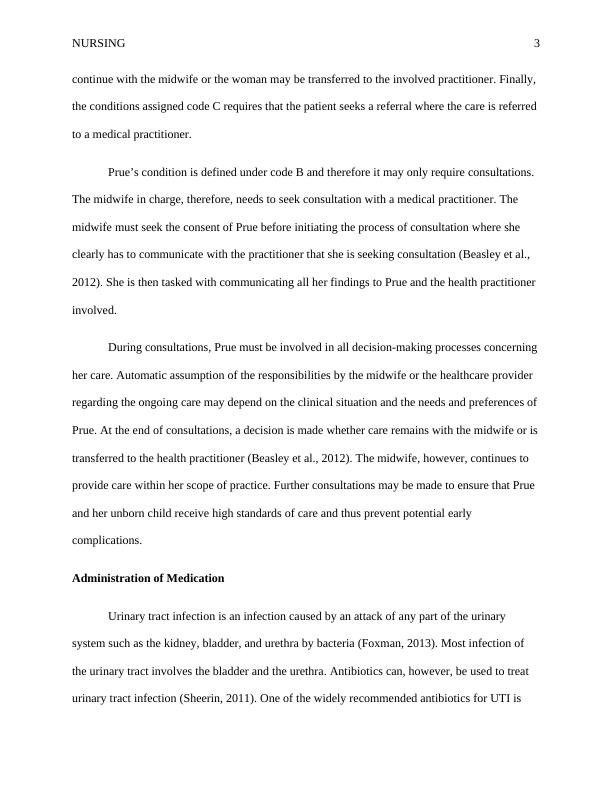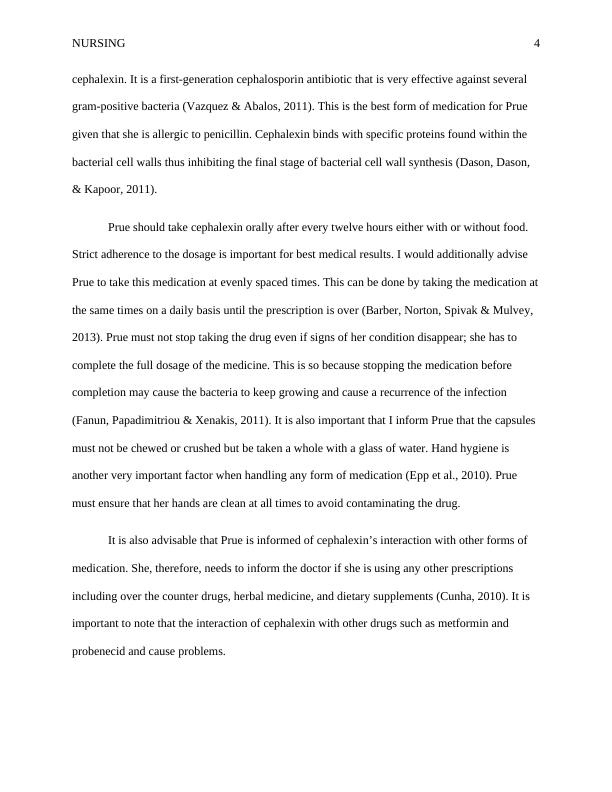Pharmacology, Medication, and Screening for Midwives
Analyzing a case study on a pregnant woman with recurrent urinary tract infections and providing professional consultation and referral recommendations.
13 Pages3600 Words108 Views
Added on 2023-06-12
About This Document
This article discusses the guidelines for consultation and referral for midwives, administration of medication, adverse drug reactions, and group B streptococcus screening. It also provides recommendations for midwives to ensure quality care and patient safety.
Pharmacology, Medication, and Screening for Midwives
Analyzing a case study on a pregnant woman with recurrent urinary tract infections and providing professional consultation and referral recommendations.
Added on 2023-06-12
ShareRelated Documents
End of preview
Want to access all the pages? Upload your documents or become a member.
Importance of Professionalism, Legal and Ethical Regulatory Requirements, Person-Centred Care and Nursing Theories in Adult Nursing: A Case Study
|8
|2579
|72
Nursing Reflection on Medication Error and Adverse Medical Events
|6
|1618
|67
Professional Nursing Practice Report 2022
|6
|1744
|24
Reflecting on an Interaction with a Patient: Importance of Nurses in Healthcare Industry
|10
|3222
|417
Nurses and Midwives Ethical and legal Accountabilities and Responsibilities Case Study 2022
|10
|3500
|25
Radiological/pulmonary diagnostic Case Study 2022
|9
|1998
|22




